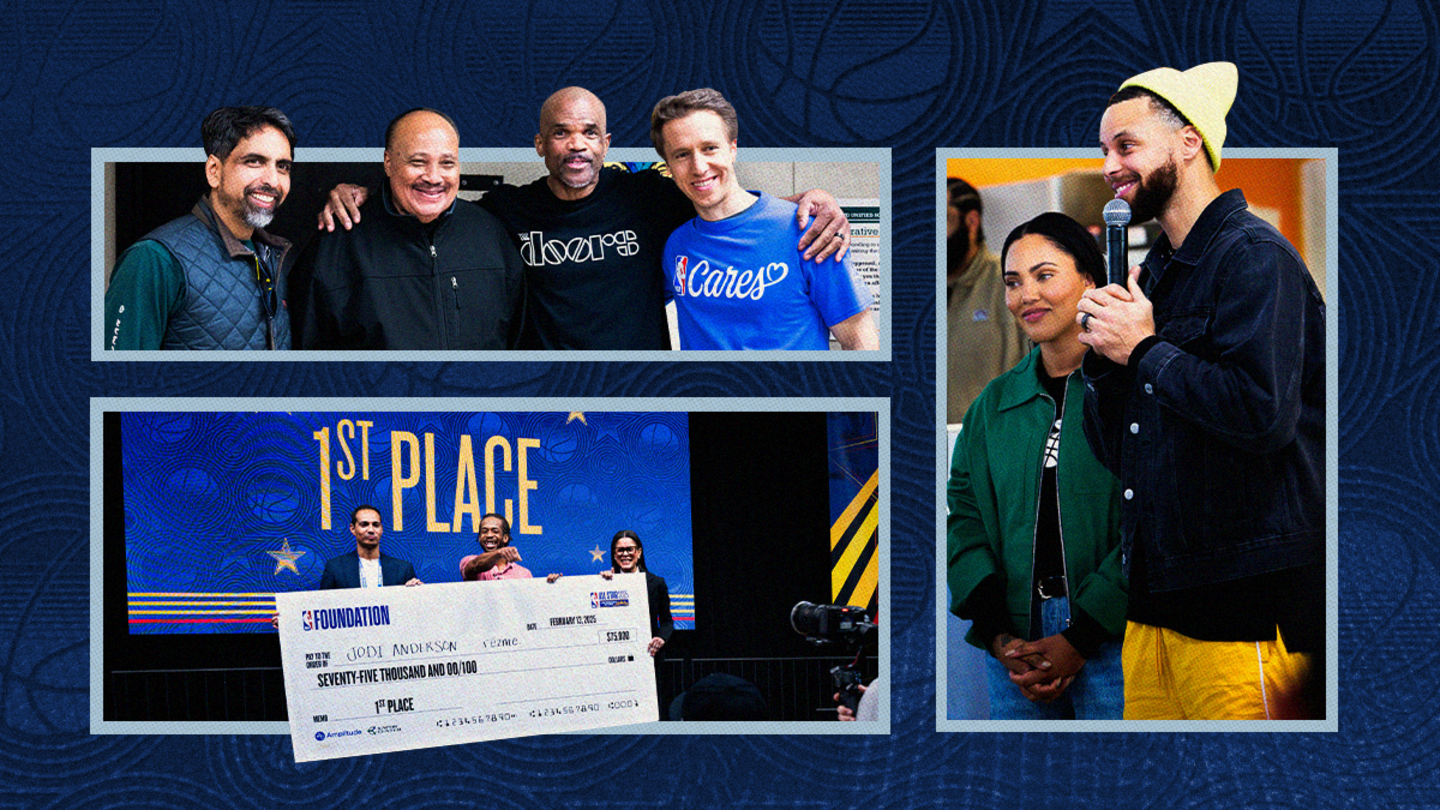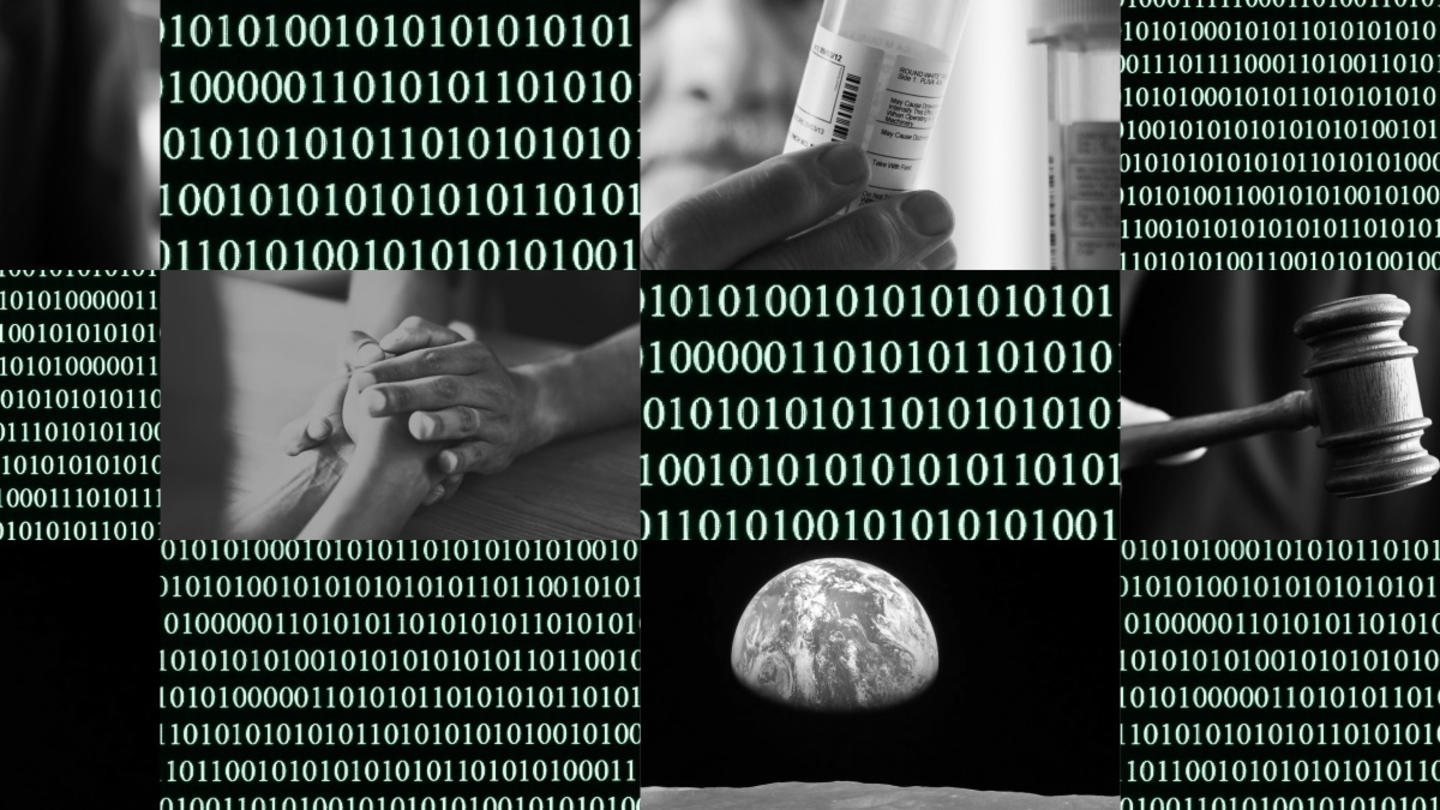This article was previously published by Stand Together Foundation.
***
Principle Based Management™ provides a holistic approach to making decisions, solving problems, and creating value for individuals in your community, team members in your organization, and society at large. It is rooted in proven principles that have fueled the ongoing success of Stand Together and our partners. In this Principle Based Management 101 series, we’re unpacking mental models, ideas, and tools that you can use to reach the next level in your work.
On the Road Lending uses the power of social capital and relationships to see beyond a credit score when it comes to loaning people money for a quality, reliable car. For many, a car means transportation to work, medical appointments, food shopping, and a plethora of other life–shaping activities. Every loan is a relationship that On the Road Lending invests in, providing financial education and hands–on coaching along the way. Not surprisingly, 97 percent of their loans are repaid.
In this two-part conversation, members of the On the Road Lending leadership team reflect on their experience in the Catalyst Program and the process of developing a capabilities-based vision for their organization.
This conversation has been edited and condensed for clarity.
Grant
I want to go back to the point of view work that you just ended part one talking about – the vision work that you did. A lot of times what happens is organizations get their vision and capabilities intermingled. This idea that ‘for On the Road Garage the vision is to fix cars and train interns so that they can get better jobs in the auto industry’ – that’s not the vision. The capabilities you have in your organization informed that as a way to leverage them towards your vision. And that came from the work that you were doing, the belief work, the point of view work that you were talking about. So I’d love for you to talk just a little bit about those kinds of discussions that y’all had.
Lonnie
It really was around a conversation rooted in the principles of MBM and had us put a mirror to ourselves in terms of thinking about if we’re going to be able to grow 10X, what does that look like? Can we continue to do that as we are? And how do we help more people?
When we talk about our point of view in terms of moving away from thinking about poverty to thinking more about economic prosperity, it shifts in terms of thinking about where is our focus in terms of what can we truly impact. Who’s a good candidate for our program? And again, as we think about finite resources, where’s our true capabilities as an organization where we can help and assist people?
It was difficult conversations to talk about ‘who is our true customer?’ And we had to push on that because what we also were struggling with was, ‘are we deviating on why we even started? Is that something that we’re moving away from?’ And I think people were like, ‘wait a minute, is this changing? This isn’t who I signed up to be with.’ So we had difficult conversations through that process, but it was great to have the framework to think about everything from an MBM perspective.
But it’s about living this, too, and daily actions – trying to build a sense of connection to the mission of the work that we’ve been doing with On the Road Lending. We built posters that are both in English and Spanish because we have probably Hispanic workforce that’s 75%.
So with every interaction that people are having, whether they’re apprentice or whether they’re a technician, whatever they might be, every interaction is exuding a sense of a belief in people. It’s getting back to that as our North Star and how we interact with everyone that we encounter through all our multiple entities.
Grant
You talked about the posters, which is great, but what are those conversations like? How are you intentionally making sure that everyone from the cleanup crew to the senior leaders are connected to the vision – and not only connected to the vision, but are feeling as though there hasn’t been the shift that it may seem that there has been? How are you guys working through those things? What are some of the ways you approach that?
Michelle
I mentioned earlier that we’re really data-driven. It is one of our strong capabilities. We’re very analytical and come from a place of economic thinking. That was my background for 30 years and not in the nonprofit world. And so, we utilize Salesforce because we have employees in five or six different states and we have dashboards and reports that track a lot of information about what are doing and how we’re doing it. It gives us a useful tool for talking to our employees about what they’re doing, about the work that they’re doing and guiding that conversation around some of these concepts, like the opportunity cost of if you’re working with this customer and it isn’t a customer that you know you can help, your time is diminishing your ability to help someone else. And so that gives us one tool that we use for communicating that.
Lonnie
Michelle really hit upon something, too, in terms of our data. It reinforces sometimes messages and pain points that staff were feeling in terms of just the emotional toll. So if you get to that, like ‘what’s in it for me?’ and you think about this shift, it’s also using data that is things that people are seeing day in and day out. And their voice is heard through that process of saying, ‘you know what? I continue to get frustrated because I can’t help this person or I can’t help this person because this is what they’re going through.’ So that was a way really to bring things to life for people to understand the frameworks. And that we were still helping people, but we were helping people in different ways.
Grant
So as you guys are talking us through all the amazing learnings you had on your journey to the place where you are now being able to actualize this capability-based vision in new ways, what were the misses? What were the bumps? What were the things where you dropped the ball as you were trying to do it?
Michelle
We had a lot of push from partners to come up with a program specifically for people who had not had housing stability or did not have job stability. Basically, the things that we now realize we really have to have. And so we created a program specifically for people like that. There were a few people that went through this program that did okay, but it did not work anywhere near as well as our core program.
But one of the hallmarks of our organization is a high tolerance. And in fact, an expectation of experimentation. We have empowered everybody in our company, at all levels, to try new things. And we’ve said there’s very little that you can do that is fatal that we can’t recover from. So, try it and see. And this was one case where we did try it at the request of partners and it really just didn’t pan out. And that was also part of what informed our thinking, I think on getting to this next step.
Lonnie
To really go back to some of what Michelle talked about, we’re challenged as an organization to be entrepreneurial – everyone in the organization. And it’s connected then to performance as well. So, as you think about that as a behavior, it’s thinking about, ‘how do we adapt, or how do we evolve, how do we continue to provide value so we are here the next 10 years?’
Michelle
I would say there’s also, as part of our willingness to try new things, sometimes there’s a humanitarian need that is so big that you’ve got to be willing to step out and try something to help. And we saw that a few years ago when Hurricane Harvey hit South Texas. And one of the visions that everyone saw with this hurricane and the rain sitting on top of Houston and the Gulf Coast for a week, they lost a million cars in that storm. And we had actually just had an idea a few months earlier about creating a disaster mobility program.
Michelle
We went down to United Way in Houston, we said, “We don’t have all this all figured out, but we’re going to try because people need help. And so here it is.” And we put that out there and we learned a lot from it. We made some mistakes along the way and paid a price, had a much higher default rate among those borrowers, but it was what needed to be done at the time. And we were okay with that.
Grant
I’d like to hear more about the data that you talked about earlier that helped you make some of the decisions you’ve been talking us through.
Lonnie
Well, like Michelle said, we use Salesforce as a CRM, and if it’s not in Salesforce, it doesn’t exist, it didn’t happen. And so as we capture all these different data points, it’s required, it’s necessary for us to report back to our funders. We also noticed a trend in terms of individuals, because we looked at who is defaulting and what are the common denominators of individuals who are not performing in their loans? What are the themes? And that’s where we really landed upon this whole notion about housing instability was really a causation. There was a correlation there. And that’s really what informed us to say, okay, these individuals are at a higher propensity to fail in our program. There’s a causation, there’s a correlation there. And so that really informed, I think us to make informed decisions based upon that.
Grant
Thank you both for being willing to talk through. The good things that you’re learning and working through, as well as the learning times, the learning moments that you experienced. So grateful for both of you.
***
Learn more about Principle Based Management and how it can help you transform your results.



